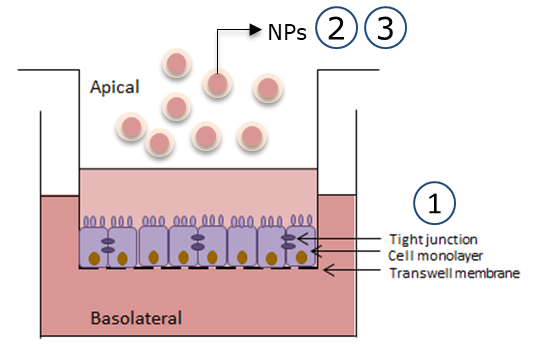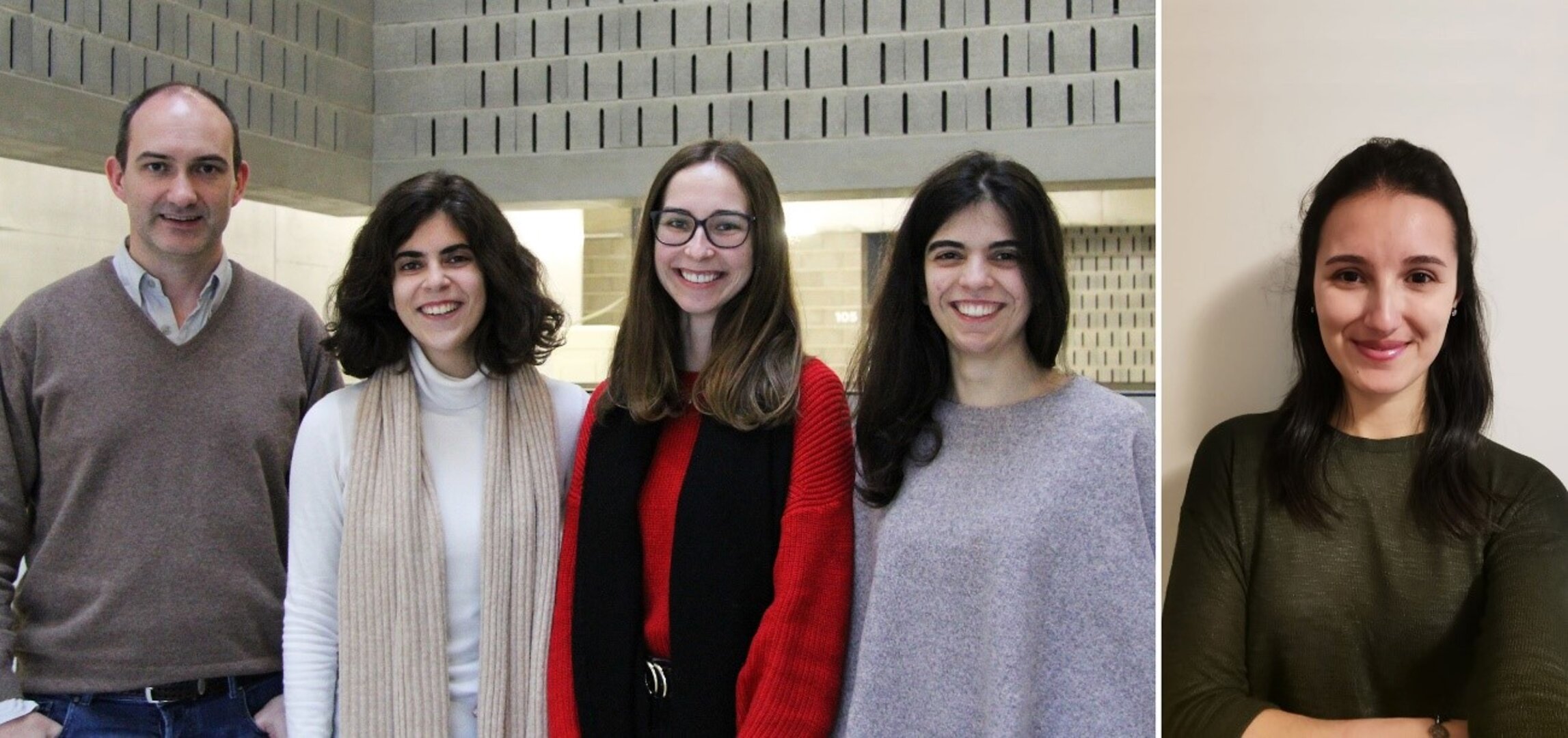Meet the team: Artemis
The Artemis team is composed by four PhD students in Biomedical Science from the University of Porto, Portugal. The purpose of their experiment is to investigate the effect of the hypergravity (HG) in the intestinal permeability of nanoparticles (NPs).
The effect of hypergravity in intestinal permeability
| University | University of Porto, Portugal |
| Endorsing professor |
Bruno Sarmento I3S - Instituto de Investigação e Inovação em Saúde da Universidade do Porto |
| Team | Cláudia Azevedo, Maria Helena Macedo, Andreia Almeida, Soraia Pinto |

When developing new formulation for oral delivery, it is extremely important to understand its absorption. In fact, if a drug that is administered orally is intended to act outside the gastrointestinal tract, absorption needs to occur with the view to reach systemic circulation and, therefore, the site of action. In order to access this absorption at an early stage of drug development, in vitro cellular models are a great strategy because they allow to predict what will happen in vivo. According to the literature, mechanical forces, as well as flow and shear stress can help cellular differentiation, meaning cells may reach a state closer to the real situation. So, the Artemis Team intends to study:
- The cell behavior of exposing the intestinal Caco-2 model to hypergravity;
- The intestinal permeability of different nanoformulations under hypergravity conditions (2.5 g, 5 g and 10 g for 4 h);
- Compare the results from hypergravity conditions with control conditions (1 g).
The proposed experiment consists on seeding a Caco-2 monoculture in Transwell® inserts membranes and incubate for 21 days. The permeability study will then be performed and the monolayers will be exposed at different HG conditions (1 g, 2.5 g, 5 g and 10 g) for 4 h, with drug/nanoparticles. Intestinal permeability of the compounds will be quantified by fluorescence or HPLC1 and TEER2 monotoring will be assessed with an epithelial voltohmmeter. H&E stain will be used to confirm the monolayer integrity. Immunofluorescence techniques will be used to analyse membrane architecture as the actin organization or the tight junctions, the nanoparticles internalization, and intestinal transporters expression as MDR1, BCRP or MRP2. TEM3 will be used to evaluate cell morphology.
The team expect that permeability of nanoparticles will be enhanced under hypergravity, which will highlight and inspire new methodologies for new therapeutics for oral drug delivery.
1High-Performance Liquid Chromatography
2Transepithelial Electrical Resistance
3Transmission Electron Microscopy


